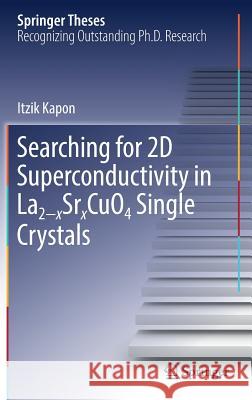Searching for 2D Superconductivity in La2-Xsrxcuo4 Single Crystals » książka
topmenu
Searching for 2D Superconductivity in La2-Xsrxcuo4 Single Crystals
ISBN-13: 9783030230609 / Angielski / Twarda / 2019 / 63 str.
Searching for 2D Superconductivity in La2-Xsrxcuo4 Single Crystals
ISBN-13: 9783030230609 / Angielski / Twarda / 2019 / 63 str.
cena 401,58
(netto: 382,46 VAT: 5%)
Najniższa cena z 30 dni: 385,52
(netto: 382,46 VAT: 5%)
Najniższa cena z 30 dni: 385,52
Termin realizacji zamówienia:
ok. 22 dni roboczych
Dostawa w 2026 r.
ok. 22 dni roboczych
Dostawa w 2026 r.
Darmowa dostawa!
Kategorie BISAC:
Wydawca:
Springer
Seria wydawnicza:
Język:
Angielski
ISBN-13:
9783030230609
Rok wydania:
2019
Wydanie:
2019
Numer serii:
000416125
Ilość stron:
63
Waga:
0.30 kg
Wymiary:
23.39 x 15.6 x 0.64
Oprawa:
Twarda
Wolumenów:
01
Dodatkowe informacje:
Wydanie ilustrowane











